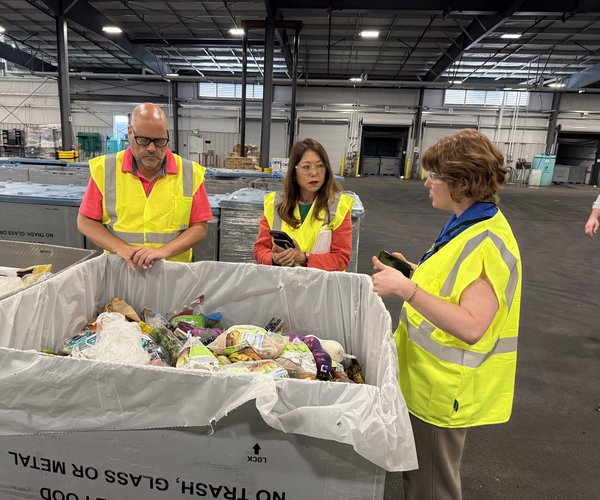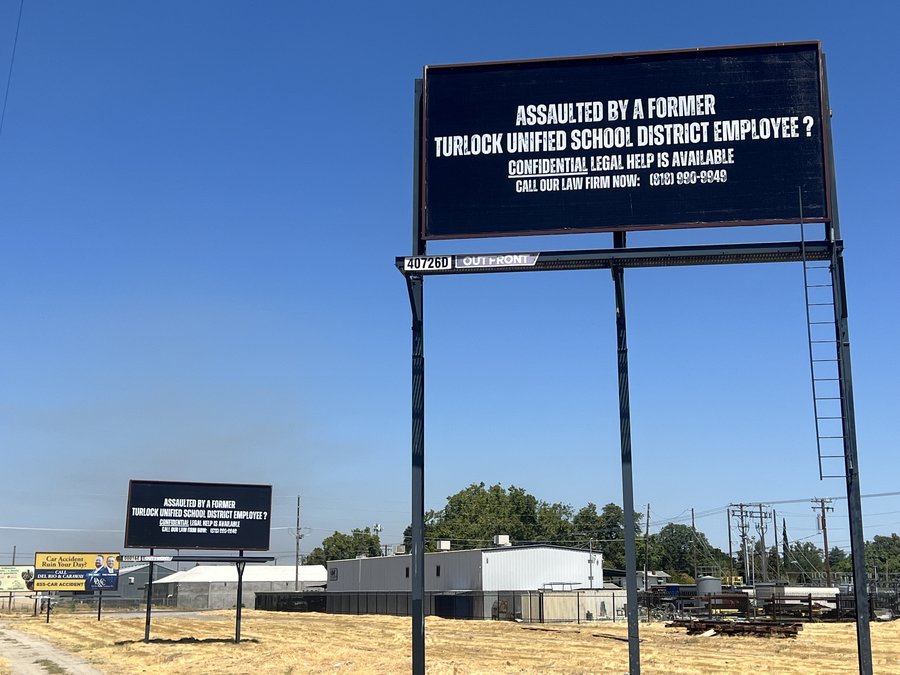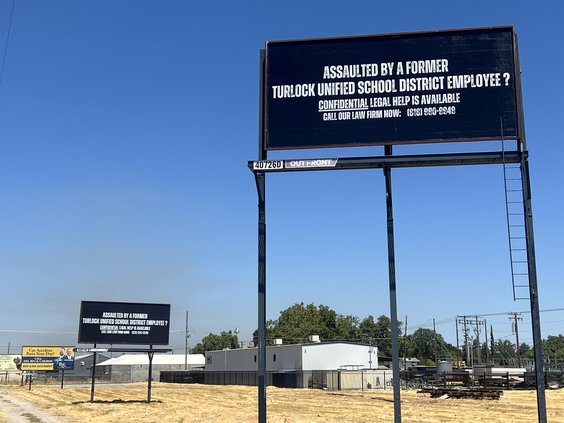Almond blossoms are a common sight in the Central Valley come February, but recent freezing temperatures could jeopardize this year’s bloom — and, subsequently, the upcoming almond crop.
Freezing temps impact almond bloom









